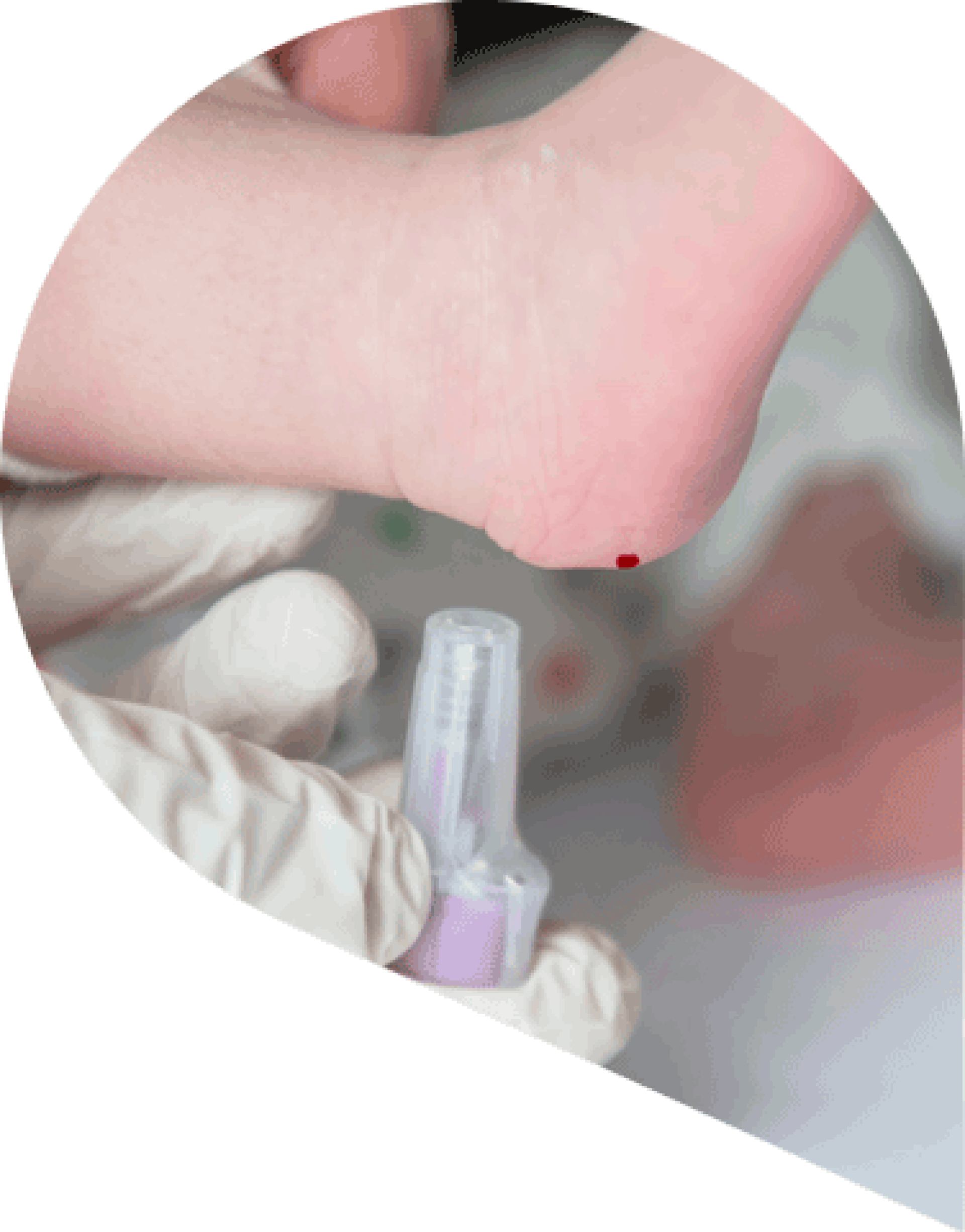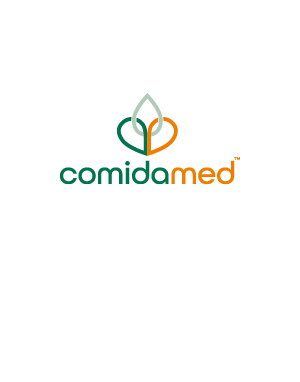Disorders of Leucine Metabolism: Isovaleric Acidaemia (IVA)
The following information provides a general overview of Disorders of leucine metabolism and is intended for educational purposes only. It should not replace guidance from qualified healthcare professionals. Vitaflo™ International Limited accepts no responsibility for any loss resulting from reliance on the content. For comprehensive and up-to-date recommendations, please refer to national and international clinical guidelines.
What are Disorders of Leucine Metabolism?
Disorders of leucine metabolism are a group of inherited, autosomal, recessive metabolic disorders, characterised by abnormal metabolism of the amino acid leucine. There are a number of disorders, including1:
- isovaleric acidaemia (isovaleryl-coenzyme A (CoA) dehydrogenase deficiency)
- isolated 3-methylcrotonyl-CoA carboxylase deficiency
- 3-methylglutaconic acidurias (3-methylglutaconyl-CoA hydratase deficiency, Barth syndrome and other disorders in which the primary defect has not been demonstrated)
- 3-hydroxy-3-methylglutaric aciduria (3-hydroxy-3-methylglutaryl-CoA (HMG-CoA) lyase deficiency)
The following information on this webpage refers to isovaleric acidaemia (IVA) only (may also be spelt isovaleric ‘acidemia’).
What is Isovaleric Acidaemia (IVA)?
Isovaleric Acidaemia, also referred to as isovaleric aciduria, is the result of a genetic, autosomal, recessive defect which causes a deficiency of the enzyme: isovaleryl‐CoA dehydrogenase, leading to abnormal metabolism of the essential amino acid leucine2-3.
What is the cause of Isovaleric Acidaemia?
Isovaleric acidaemia (IVA) is caused by a deficiency of the enzyme: isovaleryl‐CoA dehydrogenase (IVD). IVD catalyses the third step in leucine catabolism.
In IVA, the deficiency of this enzyme results in accumulation of isovaleryl Co-A derivatives; isovaleric acid, isovaleryl (C5) carnitine and other metabolites, which are toxic and result in illness4.
*Note: you may find our condition-specific resource helpful, intended for use with patients and families to explain the complex science behind the inheritance of Isovaleric Acidaemia, diagnosis and management.
Your patients can also read the information on this website.
For further information on resources available, please enquire: Contact page
What are the symptoms of Isovaleric Acidaemia?
The three main clinical presentations and associated symptoms of untreated Isovaleric acidaemia (IVA) are5:
Severe neonatal onset (classical)
Infants may present acutely within the first week of life with:
- Poor feeding
- Lethargy
- Dehydration
- Encephalopathy
- Metabolic acidosis
- Hyperammonaemia
- The odour of ‘sweaty feet’
Chronic (intermittent)
Some individuals present later in infancy or childhood, with less specific symptoms of failure to thrive and/or neurological symptoms, as well as cognitive impairment.
Symptoms may also include:
- Lethargy with ataxia
- Anorexia
- Vomiting
- Developmental delay
- Faltering growth
Attenuated (previously known as ‘mild isovaleric acidaemia’)
Those identified through newborn screening with a ‘metabolically mild’ phenotype typically remain asymptomatic throughout their life.
Testing for Isovaleric Acidaemia: Newborn screening

Early diagnosis and treatment have been shown to significantly improve neurocognitive outcomes in individuals with Isovaleric acidaemia (IVA)6.
IVA can be diagnosed at birth via newborn screening (NBS); however, not all countries screen for IVA. NBS for IVA is available in several countries, including the USA, UK, Germany and various other countries in Europe and the Middle East4.
Dried blood samples taken from a heel prick are assessed for elevated levels of C5-carnitine, and urine samples are tested for elevated isovalerylglycine.
Diagnostic confirmation of IVA then comes from assessment of the mutation of the IVD gene3,6. Genetic testing can also provide support in distinguishing between genetic phenotypes, which can inform early treatment, reducing morbidity and mortality in those with classical IVA6.
Unscreened patients may present clinically, depending on the disorder genotype, with milder cases tending to present later, typically by the age of 3 years7.
How common is Isovaleric Acidaemia?
The incidence of the IVA varies and has been reported as 1 in 67,000 in Germany to 1 in 250,000 in the USA4. However, due to the absence of screening in many countries, the worldwide incidence remains unclear7.
How is Isovaleric Acidaemia Managed?
The primary aim of management in Isovaleric acidaemia (IVA) is to achieve good metabolic control by limiting the accumulation of toxic metabolites, whilst maintaining normal growth and development3.
This is typically achieved through a leucine-restricted diet, in conjunction with pharmacological interventions such as carnitine and glycine supplementation. These conjugate with isovaleric acid into non-toxic metabolites, which are excreted in the urine, thereby reducing metabolic load and helping to maintain metabolic stability2-3,8.
The main components of IVA disorder treatment are medical and dietary. These are divided into: acute care (immediate) treatment and long-term care:
Acute Management
During episodes of infection, catabolism significantly increases production of Isovaleric acid (IVA) and puts the individual at risk of metabolic decompensation.
The primary aim of acute clinical management is to stabilise the individual and reverse the catabolic state by giving intravenous glucose and fluids. Intravenous carnitine is often given, and supplementation of glycine is also considered.
These acute clinical management strategies, combined with additional dietary management strategies, form what is typically referred to as an emergency regimen (ER)3,8-9.
What are ‘Emergency regimens’ and why are they required in Isovaleric Acidaemia?
Infants with IVA are at higher risk of metabolic decompensation due to3,8:
- Illness
- Teething
- Long periods between feeds
- An excess leucine intake
ER are used in IVA to inhibit protein catabolism and promote anabolism, to prevent metabolic decompensation.
ER may vary due to individual clinical needs and local clinical practice. However, they will likely include the following combination of dietary and clinical management strategies3:
- Rehydration with intravenous fluid/ glucose polymer
- Temporary reduction or suspension of protein intake
- Sufficient supply of calories
- Supplementation/dose increase of carnitine/and or glycine
Long-Term Management
Long-term management of Isovaleric acidaemia (IVA) is aimed at minimising the accumulation of toxic metabolites whilst maintaining normal growth and development3,8-9. Pharmacotherapy such as carnitine and glycine supplementation may also help maintain long-term metabolic stability2,9.
Long-term dietary management includes3:
- Sufficient calories to promote anabolism
- Protein and leucine intake should be restricted to supply at least safe levels of intake10
- The use of a protein substitute, restricted in leucine, may be required for a portion of the protein requirement
- Amino acids and carnitine in plasma should be monitored during treatment. Monitoring and interpretation of urinary isovalerylglycine and plasma isovalerylcarnitine levels should be tailored on an individual basis
Restriction of Protein Intake
High levels of leucine are present in many foods that contain protein, such as meats, fish, eggs, nuts, milk and dairy products, soya and many more.
To help maintain metabolic stability, it is important that protein intake is restricted, which often means avoiding high protein foods.
As leucine is an essential amino acid, a small, measured amount must be included in the diet to prevent leucine deficiency. This is achieved by limiting protein intakes to the WHO safe levels2-3,10.
Low protein foods
As well as avoiding high protein foods, incorporating low protein foods into the diet is equally essential for the dietary management of Isovaleric acidaemia (IVA). An adequate energy intake is very important in maintaining metabolic control in IVA.
They can be foods naturally low in protein, such as most fruits and some vegetables. It could also be food like fats, oils and many high-sugar foods. Specially manufactured foods, such as bread, milk alternatives, flour mixes, pasta and rice, subject to availability, can also be used2.
These types of foods can provide variety, energy, and greater normality to patients’ diets, allowing for versatility in meals and flavours across the week.

Protein Substitutes
Many patients with Isovaleric acidaemia (IVA) can meet their protein requirements through foods alone2-3,8.
However, for those who are unable to meet their protein requirements through foods alone, products called protein substitutes are essential. They provide a suitable leucine free protein source and ensure all other essential amino acids and nutrients are supplied to support physiological protein synthesis for growth and development2-3.
How is Isovaleric Acidaemia managed in infancy?
Dietary management is ideally started as early as possible following diagnosis, to reduce toxic metabolites as quickly as possible.
This will involve balancing intakes of breast milk or standard infant formula (which provide leucine) with a leucine free formula for infants, to achieve good metabolic control, meet all nutritional requirements and optimise growth8.
Breastfeeding offers many benefits to mothers and infants, and a family should be supported in making the appropriate choice for their family, if deemed appropriate by the metabolic healthcare team.
- Wappner RS, Gibson KM. Disorders of leucine metabolism. In: Blau N, Duran M, Gibson KM, Dionisi-Vici C, editors. Physician’s guide to the treatment and follow-up of metabolic diseases. Berlin: Springer; 2006. p. 59–79. https://doi.org/10.1007/3-540-28962-3_8
- Pinto A, Daly A, Evans S, Almeida MF, Assoun M, Belanger-Quintana A, et al. Dietary practices in isovaleric acidemia: a European survey. Mol Genet Metab Rep. 2017;12:16–22. https://doi.org/10.1016/j.ymgmr.2017.02.001
- EIMD. Isovaleric acidemia guideline. Available from: https://www.e-imd.org/files/medias/files/recommendations/IVA%20guideline_Quick%20reference%20guide_Ensenauer_201408.pdf [cited 2014 Dec 19].
- Schlune A, Riederer A, Mayatepek E, Ensenauer R. Aspects of newborn screening in isovaleric acidemia. Int J Neonatal Screen. 2018;4(1):7. https://doi.org/10.3390/ijns4010007
- Couce ML, Aldamiz-Echevarría L, Bueno MA, Barros P, Belanger-Quintana A, Blasco J, et al. Genotype and phenotype characterization in a Spanish cohort with isovaleric acidemia. J Hum Genet. 2016;62(3):355–60. https://doi.org/10.1038/jhg.2016.144
- Mütze U, Henze L, Schröter J, Gleich F, Lindner M, Grünert SC, et al. Isovaleric aciduria identified by newborn screening: strategies to predict disease severity and stratify treatment. J Inherit Metab Dis. 2023;46(6):1063–77. https://doi.org/10.1002/jimd.12653
- Megdadi N, Alakil M, Ghanmiyin L, Maaita O, Abulannaz A. Isovaleric acidemia in Jordan. Cureus. 2024;16(1):e52039. https://doi.org/10.7759/cureus.52039
- Dixon M, MacDonald A, White F. Disorders of amino acid metabolism, organic acidaemias and urea cycle disorders. In: Shaw V, editor. Clinical paediatric dietetics. 5th ed. Hoboken: Wiley-Blackwell; 2020. p. 513–98.
- Chinen Y, Nakamura S, Tamashiro K, Sakamoto O, Tashiro K, Inokuchi T, et al. Isovaleric acidemia: therapeutic response to supplementation with glycine, L-carnitine, or both in combination and a 10-year follow-up case study. Mol Genet Metab Rep. 2017;11:2–5. https://doi.org/10.1016/j.ymgmr.2017.03.002
- World Health Organization. Protein and amino acid requirements in human nutrition: report of a joint WHO/FAO/UNU expert consultation. WHO Tech Rep Ser. 2007;(935):1–265.
Related products
Browse the products available for managing this condition.
Information presented on this page is intended for healthcare professional use only. Food for Special Medical Purposes to be used under medical supervision.
Date of publication: 06/06/2025


